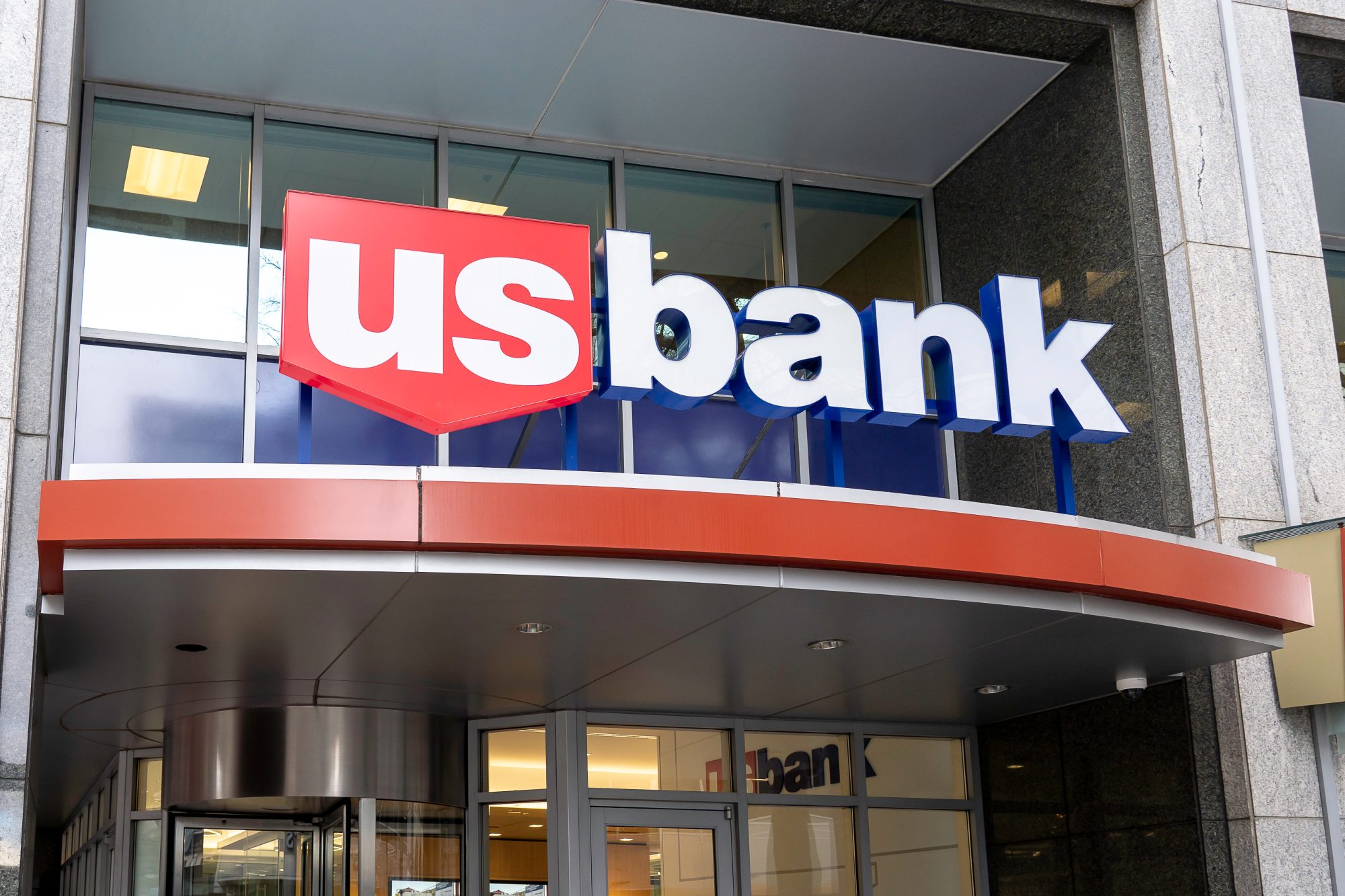The nation’s fourth largest credit card company had a blowout quarter, while it waits for the Capital One merger to get approved.
The nation’s fourth largest payment processor, Discover Financial Services (NYSE:DFS) had a huge second quarter, with profits rising 70% year-over-year.
Discover stock was surging after earnings were released on Wednesday after the market closed. Discover stock was up 4% on Thursday, rising to $147 per share.
The credit card issuer and processor crushed earnings estimates, bringing in $4.5 billion in revenue in the quarter, a 17% year-over-year increase. That exceeded median revenue estimates of $4.2 billion.
Net income also came in much better than anticipated, as Discover generated earnings of $1.5 billion, or $6.06 per share, up 70% from the same quarter a year ago. Wall Street analysts had expected earnings of $3.07 per share.
Here’s what drove Discover Financial’s outperformance.
2 reasons why Discover soared
Discover’s blowout quarter comes at a time when it is waiting on approvals to merge with Capital One (NYSE:COF), which proposed to acquire Discover earlier this year. The deal is currently going through various regulatory approvals, and it would close in late 2024 or early 2025 if the deal is approved.
That is not a given, however. The merger would create a combined credit card and banking giant, combining Discover, the fourth largest payment processor, with Capital One, one of the largest banks and credit card issuers. The proposed transaction will surely face intense regulatory scrutiny.
For now, Discover continues to execute, as almost all facets of its business were performing well in Q2. But there were two major reasons that Discover reported such strong numbers.
1. Loans rise 8%
Discover is different from Visa (NYSE:V) and Mastercard (NYSE:MA) in that it has a closed-loop business model, meaning it is the lender, the processor, and the card issuer. So, unlike the big two, it earns net interest on credit card loans.
It is also different in that it doesn’t have the type of deposit franchise as the typical consumer bank, so its interest expenses are lower.
So, with credit card rates high during this time of high interest rates, it is generating lots of net interest income. Net interest income jumped 11% in the quarter, year-over-year, to $3.5 billion. And that was aided by an 8% increase in loan balances to $128 billion.
Specifically, its credit card loans were up 6% in the quarter to $100 billion. The average yield on its credit card loans was 15.99%, up from $15.14% the same quarter a year ago.
In addition, the volume of transactions on its payment network rose 11% year-over-year to $99.3 billion, which helped boost non-interest fee income more than 40% to $1 billion.
2. Provisions for credit losses drop
The other key to Discover’s earnings surge was its low provisions for credit losses. Lenders are required to set aside a certain amount of money to account for bad debt from defaults and non-payments. Typically, the worse the economy and labor markets are, the higher the provisions for credit losses. And higher provisions often place a drag on earnings.
In the second quarter, provisions for credit losses were just $739 million, well below the $1.3 billion set aside in Q2 of 2023 and the $1.5 billion in the first quarter of this year.
However, it should be noted that provisions were much lower due to the fact that Discover announced this week that it was selling its $10.1 billion student loan portfolio to the Carlyle Group and KKR. This initiated a $869 million reserve release from provisions for student loan credit losses not needed, and led to a lower reserve build, both of which helped earnings.
Is Discover stock a buy?
So, while there was a lot of good from the second quarter report, the earnings were helped by the student loan portfolio sale and the lower provisions for credit losses that resulted from it.
Overall, provisions aside, the credit quality is a bit of a concern. The overall net charge-off rate — the percentage of loan debt it won’t recover — rose 161 basis points to 4.83%. But the good news is that it is improving, as the net-charge rate is down 9 basis points from the first quarter of 2024.
Also, the 30+ day delinquency rate for credit card loans was 3.69%, which is 83 basis points higher than Q2 2023, but 14 basis points than Q1 2024.
Discover stock is up 29% YTD, including Thursday’s gains. It is also relatively cheap with a P/E ratio of 12. Normally, I’d say it’s a good buy, but with the uncertainty of the merger, and it’s already strong return, I’d be wary of how much run it has left before the deal happens, if it happens.










